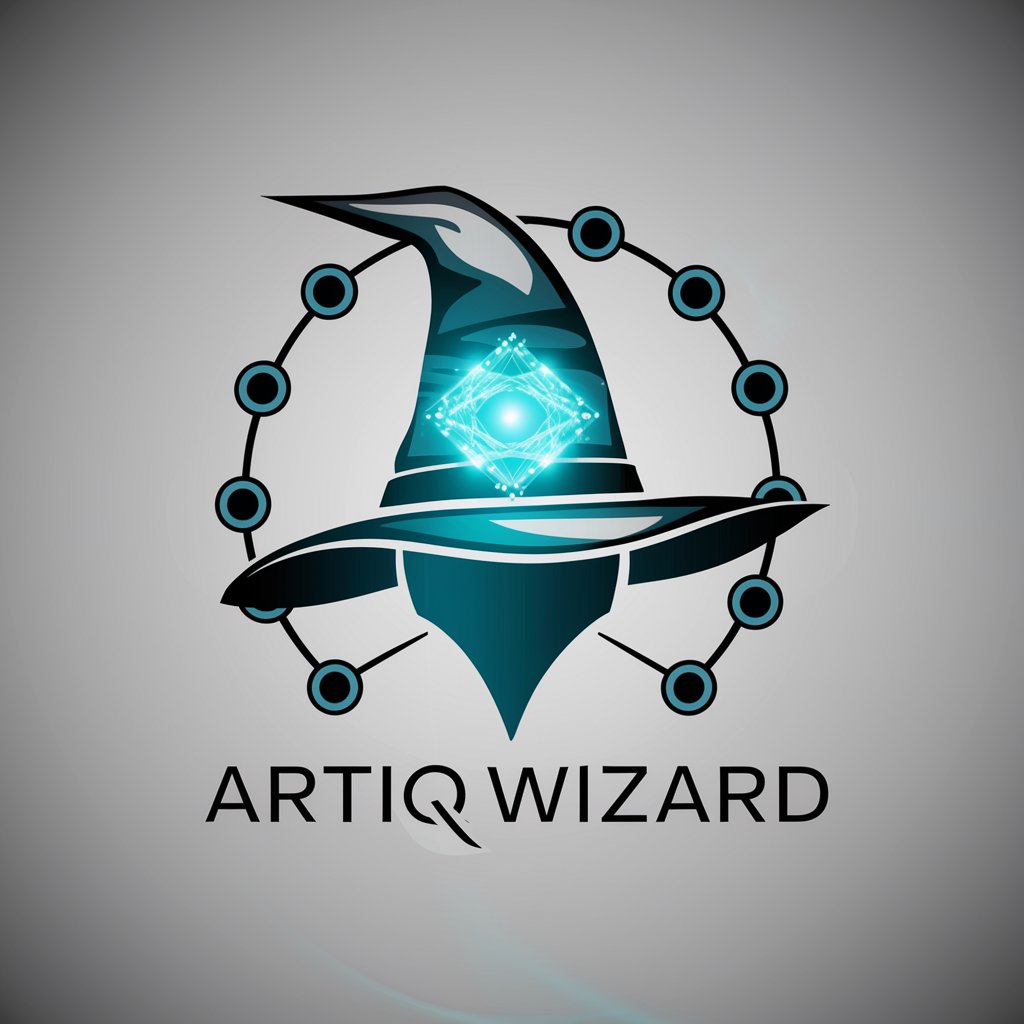
Ignition SCADA Wizard - Ignition SCADA troubleshooting and automation

Hello! How can I assist you with Ignition SCADA development today?
AI-powered SCADA scripting and automation
How do I script this in Jython for Ignition?
Help me optimize this script for Ignition 8.1.32.
How should I organize my SCADA screens?
How should I organize my Tags?
Given a tag path, produce a script that identifies the daily high values.
What steps should I take to troubleshoot an intermittent loss of communication alarm?
How can I utilize a database to optimize my UDTs?
Get Embed Code
Ignition SCADA Wizard: An Overview
The Ignition SCADA Wizard is a specialized tool designed to assist users in creating, managing, and troubleshooting SCADA systems within the Ignition platform. Its primary purpose is to streamline tasks related to SCADA system design, including efficient tag management, screen organization, and user-centric interface development. The wizard offers optimized solutions for scripting and automation, particularly through Jython-based Ignition scripting, aligning with best practices and industry standards like ISA-95 and ISA-101. For example, in a manufacturing plant, the wizard can assist in structuring tags according to a hierarchical model that reflects the plant's operational processes. It enables users to develop responsive HMI designs that work seamlessly across various devices, ensuring operator efficiency and reducing cognitive load. It also provides tools for alarm management, ensuring that critical alarms are prioritized and operators receive actionable notifications. Powered by ChatGPT-4o。

Key Functions of Ignition SCADA Wizard
Tag Management
Example
The wizard helps organize tags following a hierarchical structure, making it easier for operators to locate and manage relevant data. For instance, tags can be grouped by equipment, processes, or units based on ISA-95 standards.
Scenario
In a large-scale industrial plant, tags representing various sensors (e.g., temperature, pressure) can be structured under the respective units (e.g., compressors, motors), improving data access and troubleshooting efficiency.
Alarm Management
Example
Alarm management is simplified by categorizing alarms based on their severity—critical, high, medium, low, and diagnostic. The wizard ensures that alarms are properly prioritized to prevent alarm flooding and allow operators to focus on critical events.
Scenario
In an oil refinery, critical alarms for equipment failure can be prioritized over low-level maintenance alerts. The wizard ensures operators are notified promptly, with clear instructions for resolving the most urgent issues.
Screen Design and Navigation
Example
The wizard provides tools for designing high-performance HMI screens that are simple, consistent, and optimized for quick navigation. For example, navigation can be designed to allow users to reach any critical screen in two clicks from the main overview.
Scenario
In a chemical processing facility, operators need to access process control screens quickly. The wizard helps design intuitive screens where key information is grouped logically, allowing operators to find the right control within seconds.
Scripting Automation
Example
The wizard enables users to automate repetitive tasks using Jython scripts within Ignition, such as fetching and displaying real-time data from sensors or configuring automated email alerts for specific alarms.
Scenario
In a water treatment plant, a Jython script can be developed to automatically notify engineers via email when water levels in a storage tank exceed a predefined limit. The script can also include diagnostic details to help quickly resolve the issue.
Mobile Responsive Design
Example
With support for mobile-responsive design, the wizard ensures that HMI layouts are adaptive to different screen sizes, making it easier for operators to monitor and control processes from mobile devices.
Scenario
Operators in a remote wind farm can use their mobile phones to access the HMI, where responsive layouts automatically adjust the display to show real-time data and trends from wind turbines, regardless of the screen size.
Target User Groups for Ignition SCADA Wizard
SCADA Engineers
SCADA engineers responsible for designing, implementing, and maintaining large industrial control systems will benefit from the wizard's ability to simplify tag organization, scripting, and HMI design. It helps them create efficient, scalable systems that adhere to industry standards.
Plant Operators
Operators in manufacturing plants, utilities, or process industries use the wizard to streamline operations through optimized HMIs, clear navigation, and responsive alarms. It improves situational awareness and allows operators to quickly address issues on the plant floor or remotely.
System Integrators
System integrators deploying Ignition SCADA in various industries can leverage the wizard to ensure best practices in system configuration, reducing deployment time while ensuring compliance with ISA-95 and ISA-101. They can use the tool to provide customized solutions across different clients.
Maintenance Technicians
For maintenance teams responsible for the upkeep of industrial systems, the wizard offers tools to simplify troubleshooting by organizing diagnostic data and providing responsive, mobile-friendly HMIs that allow technicians to address problems in real time.

Guidelines for Using Ignition SCADA Wizard
Step 1
Visit yeschat.ai for a free trial without login, no need for ChatGPT Plus.
Step 2
Familiarize yourself with Ignition SCADA's system functions, particularly system.tag and scripting resources for efficient use.
Step 3
Define your use case: Are you creating tag queries, troubleshooting SCADA functions, or writing custom Jython scripts?
Step 4
Use modular code development principles, including parameterization and error handling, to ensure scalable solutions.
Step 5
Test your scripts and workflows in a non-production environment before applying them to live SCADA systems.
Try other advanced and practical GPTs
Hair Stylist - Your hair style advisor
AI-powered hair styling made easy

Ex-Act
Unlock insights with AI-powered text analysis

SEO Title Optimizer
Enhance Your Titles with AI Precision

Astrologer - Vedic astrology by Rohiniastro.com
AI-powered personalized Vedic astrology.

日本語でおk
AI-powered language tool for seamless Japanese writing

Pixie Look
Turn your photos into Pixar-style art with AI.

Puzzle Creator
Create stunning AI-powered visuals instantly.

Public Speaking Master - Impactful Speaking
Enhance Your Public Speaking with AI.

Lehrer GPT
AI-powered assistant for modern classrooms

语桥-超越专家水平的英文翻译GPT
AI-powered professional translations, anytime.

meta Description creator
AI-powered meta description generation

Terraform Sidekick
AI-powered Terraform assistant for quick insights

Ignition SCADA Wizard Q&A
What is Ignition SCADA Wizard used for?
Ignition SCADA Wizard is designed to assist with automation tasks, including SCADA troubleshooting, writing scripts, and designing scalable HMI and alarm management systems. It can be used to guide complex Ignition scripting tasks using Jython.
How do I automate tag management with Ignition SCADA Wizard?
To automate tag management, use `system.tag` functions for querying, creating, and organizing tag structures. The Wizard can help script these actions using structured Jython methods.
Can I test scripts in Ignition SCADA Wizard?
Yes, testing scripts in a non-production environment is recommended before applying them to live systems. The Wizard helps you refine and validate your Jython scripts.
How can Ignition SCADA Wizard help with SCADA design?
It assists in designing high-performance HMI systems, following best practices such as minimizing cognitive load, utilizing clear labels, and creating progressive disclosure layouts.
What kind of troubleshooting can I perform with Ignition SCADA Wizard?
You can troubleshoot issues related to SCADA tag structures, alarm management, script execution errors, and inefficiencies in HMI design. The tool guides you to identify and resolve errors efficiently.





